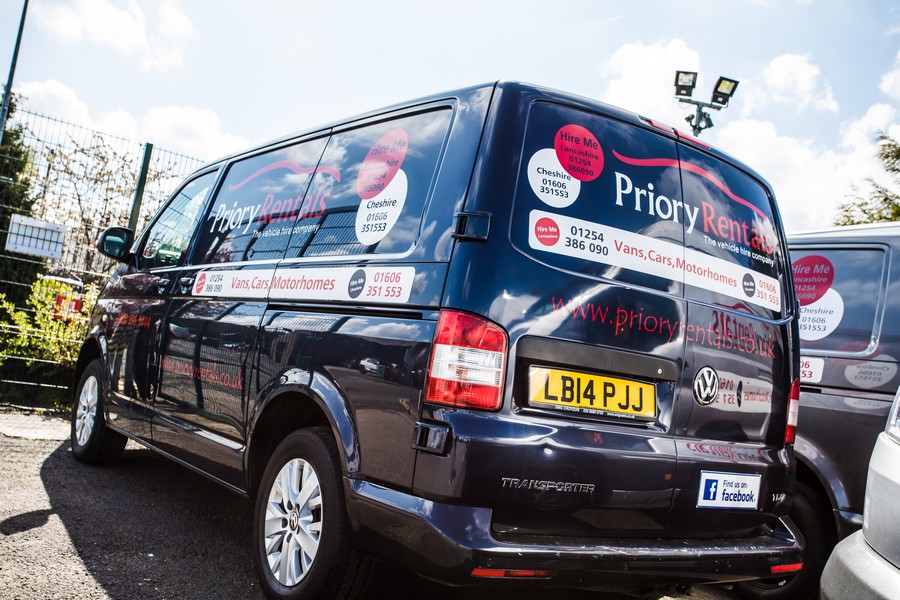Are Van Speed Limits Different For Vans
When you hire a van from Priory Rentals, for the most part, you can drive it the same way as you would a car. However, there are a few rules you need to be aware of when it comes to speed limits for vans. These aren’t always the same as the speed limit for cars and if you’re not used to driving a van, there’s a chance you might not be aware that there is a difference, or what those differences are.
What Are The Speed Limits For Vans?
For the most part, speed limits for vans are the same as for cars. The differences depend on the type of van and where it’s being driven. For the most part, vans must drive 10 mph lower on roads designated as single carriageways and dual carriageways, otherwise, the speed limit for vans is the same as you’re used to.
Care must be take when you’re driving on a road which fluctuates between dual carriageway and motorway (the A1/M1 for instance) as you can drive a van at 70 mph on a motorway, but only 60 on a dual carriageway.
For smaller ‘car derived vans’ (vans which are clearly derivatives of passenger vehicles), they can be driven as you would a car. It has to be said that cars which have been derived from panel vans but have 8 or fewer passenger seats (some people carriers for instance) remain something of a grey area.
While care must be taken by drivers of panel vans not to exceed the speed limit for the vehicle they’re driving, the speed limit for vans exceeding 3.5 tons is not likely to be an issue as such large vans legally have to be fitted with a speed limiter, so are unlikely to be able to reach speeds where such limits would be an issue.
Unsure About the Speed Limit for Vans?
If you’re not too certain about the speed limits for vans when you rent a van from Priory, feel free to contact us and ask at any time, we’ll happily give you all the information you need to help you stay on the right side of the rules when you hire a van from us.

